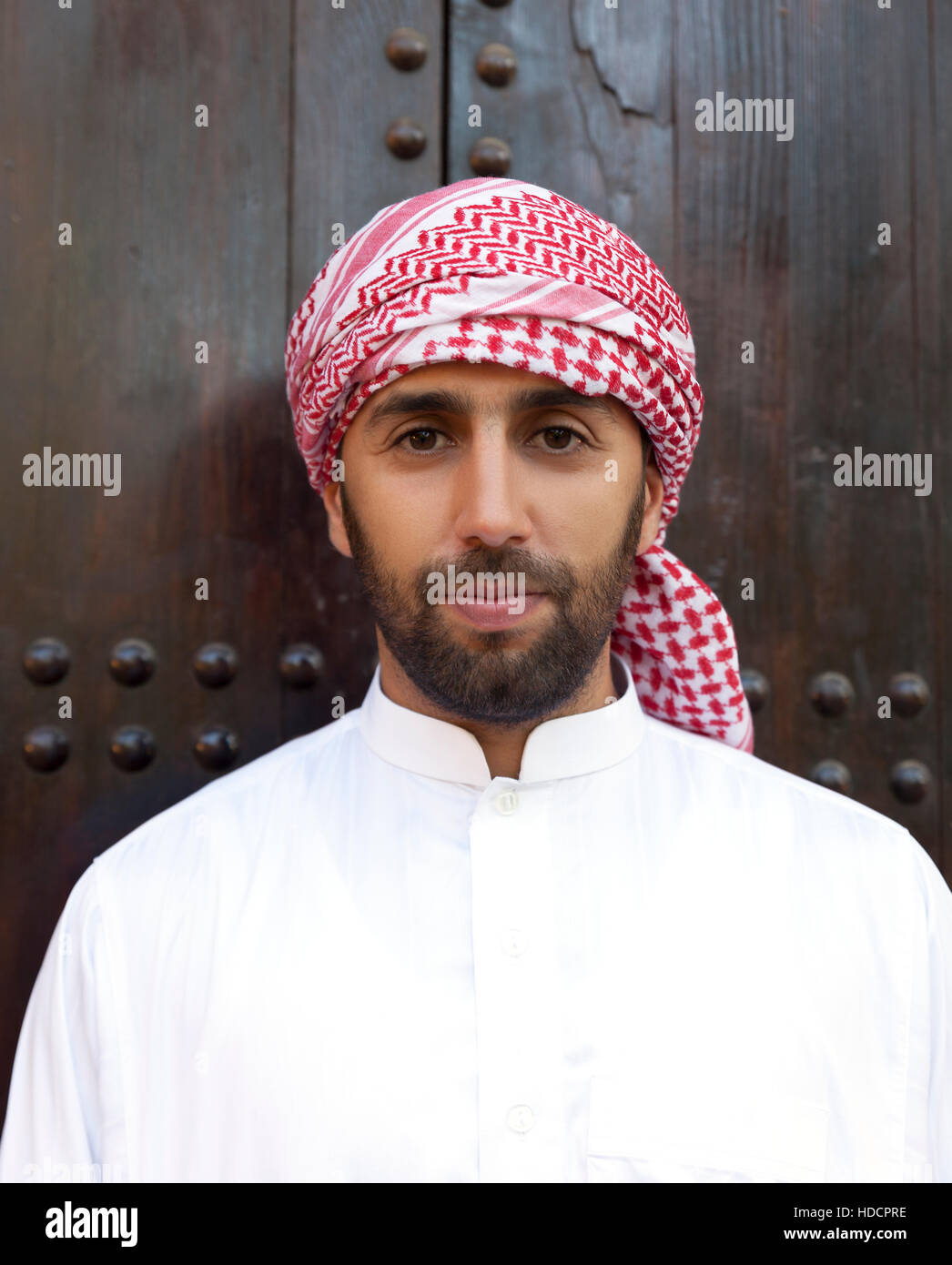Could you imagine a world without the ability to communicate freely, to type and search in a language that connects you to a rich tapestry of history, culture, and faith? For millions around the globe, Arabic is that vital link, a language that transcends borders and resonates with a profound sense of identity.
This article delves into the multifaceted world of Arabic, exploring its origins, its impact, and the tools that empower individuals to engage with this dynamic language, irrespective of their physical location or access to traditional keyboards. From the intricacies of its alphabet to the vibrant diversity of its dialects, we embark on a journey to unravel the beauty and complexity of Arabic.
Arabic, a Central Semitic language, is primarily spoken in the Arab world, a vast region spanning West Asia and North Africa. It is also a liturgical language for Islam, playing a crucial role in religious practices and scholarship. Its influence extends far beyond its geographical boundaries, impacting numerous languages and cultures through trade, intellectual exchange, and the spread of Islam.
- Valerie Walker Plane Crash Unraveling The Tragic Event And Its Impact
- Hdhub4u South Indian Hindi Dubbed Your Ultimate Guide To Highquality Entertainment
The origins of Arabic can be traced back to the Arabian Peninsula, a cradle of civilization that has witnessed the rise and fall of empires, the birth of Islam, and the flourishing of a vibrant Arab culture. The language evolved from ancient Semitic roots, gradually developing into the diverse forms we see today. Its writing system, derived from the Aramaic alphabet, is characterized by its elegant curves and the unique way in which letters change shape depending on their position within a word.
The Arab world is not a monolith. It is a mosaic of cultures, traditions, and dialects. From the bustling souks of Marrakech to the ancient ruins of Petra, the Arab world offers a rich and diverse experience. The people, known as Arabs, are an ethnic group with a long and complex history. Their culture, shaped by their history and geography, is expressed in art, music, literature, cuisine, and social customs. Arabs are estimated to number around 400 million worldwide.
One of the most remarkable aspects of Arabic is its influence on other languages and cultures. Through centuries of trade, conquest, and cultural exchange, Arabic words and concepts have found their way into languages across the globe. From the Spanish "azcar" (sugar) to the English "algebra," the legacy of Arabic is woven into the fabric of our linguistic heritage.
- Chris Perfetti Wife A Comprehensive Look At His Personal Life And Journey
- Remoteiot Platform Download Your Ultimate Guide To Streamlining Iot Deployment
Understanding the linguistic landscape of the Arab world is crucial for anyone seeking to truly understand the people and the culture. Modern Standard Arabic (MSA) serves as the formal, written language and is used in education, media, and official contexts. However, the spoken dialects vary widely, each with its own distinct characteristics and nuances. These dialects can differ significantly from MSA and from each other, reflecting the unique histories and cultural influences of the various regions.
For those eager to delve deeper, numerous online resources and tools are available to facilitate the learning and usage of Arabic. Websites offer virtual keyboard layouts and transliteration tools, enabling individuals to type and search in Arabic without the need for a physical Arabic keyboard. These resources are particularly valuable for those living outside of the Arab world or who may not have access to an Arabic keyboard.
In addition to virtual keyboards, many websites provide links to a wide range of online tools and resources. These may include currency converters, image editing software, and even online games. The availability of these resources underscores the growing importance of Arabic in the digital age and provides accessible avenues for learning and engaging with the language and culture.
Learning Arabic can be an enriching experience, with numerous online resources available to support learners of all levels. Courses often cover the basics of grammar, vocabulary, and pronunciation, with some incorporating interactive exercises, audio-visual aids, and opportunities for practice with native speakers.
For instance, many platforms offer lessons that break down the intricacies of Arabic grammar, explaining the rules and structures in a clear and accessible manner. Vocabulary building is another key component, with resources providing lists of essential words and phrases categorized by topic. To aid pronunciation, audio recordings and interactive tools allow learners to hear and practice the sounds of Arabic, helping them develop their listening and speaking skills.
Furthermore, many courses provide cultural insights, introducing learners to the customs, traditions, and social norms of the Arab world. This contextual understanding is crucial for effective communication and fosters a deeper appreciation of the language and its cultural significance.
The cultural richness of the Arab world is reflected in its art, music, and literature. Arabic calligraphy, with its elegant curves and intricate designs, is a celebrated art form. Traditional music, with its complex rhythms and melodies, tells stories of history, love, and faith. Arabic literature, from classic poetry to contemporary novels, offers a window into the human experience, exploring themes of identity, social justice, and the complexities of life.
The history of the Arab world is marked by periods of great prosperity, intellectual innovation, and cultural exchange. The Islamic Golden Age, spanning from the 8th to the 13th centuries, saw remarkable advances in science, mathematics, medicine, and philosophy. Scholars from across the Arab world made significant contributions, preserving and building upon the knowledge of ancient civilizations and pushing the boundaries of human understanding.
The study of Arabic also provides access to a wealth of historical texts, philosophical treatises, and literary masterpieces. These works offer valuable insights into the development of human thought, the evolution of different cultures, and the enduring power of language and storytelling.
Understanding the relationship between Arabs and Muslims is important. While the terms are often used interchangeably, they are not synonymous. Arab is an ethnic identifier, referring to people who trace their ancestry to the Arabian Peninsula and surrounding regions, primarily the Arab world in West Asia and North Africa. In contrast, Muslim is a religious identifier, referring to a person who practices the religion of Islam.
While the majority of Arabs are Muslim, not all Arabs practice Islam. Moreover, not all Muslims are Arab. This distinction is crucial to avoid generalizations and to appreciate the diversity within both communities.
The digital world has transformed how we learn and interact with languages, and Arabic is no exception. Numerous online platforms provide accessible resources for those wishing to learn or improve their Arabic skills. These platforms cater to various learning styles, from beginners to advanced learners.
Interactive courses, language exchange programs, and virtual keyboards are just a few examples of the digital tools available. Online courses often include video lessons, interactive exercises, and quizzes, designed to make learning more engaging and effective. Language exchange platforms connect learners with native speakers, providing opportunities for practice and cultural exchange.
In addition to formal language learning resources, many online platforms offer access to Arabic literature, music, and films, providing a rich cultural context for language acquisition. These resources can help learners expand their vocabulary, improve their listening comprehension, and gain a deeper appreciation for the language and its culture.
From virtual keyboards that allow users to type in Arabic without a physical Arabic keyboard to transliteration tools that convert English letters into Arabic script, these technological advancements have made the language more accessible than ever. Numerous websites offer virtual keyboard layouts and transliteration tools, enabling individuals to type and search in Arabic without the need for a physical Arabic keyboard.
Arabic is a language of profound beauty, complexity, and cultural richness. As a major Semitic language, it is spoken by millions across the globe. The history, the writing system, its dialects, and its literary heritage, all contribute to its importance.
The evolution of Arabic from its roots in the Arabian Peninsula to its global presence is a testament to its adaptability and cultural significance. The different forms of Arabic, from Modern Standard Arabic to the various dialects, enrich the linguistic landscape and reflect the diversity of the Arab world.
The modern world, with its global interconnectedness, has provided new avenues for individuals to connect with Arabic. Online resources have made the language more accessible and have allowed for new ways of learning and engaging with the culture.
The ongoing digital revolution continues to reshape how we learn and interact with languages. Online resources and platforms provide diverse tools for learning and engaging with Arabic. These tools include interactive courses, language exchange programs, and virtual keyboards. These tools provide a diverse array of methods to engage with the language.
The future of Arabic appears bright, with the language continuing to evolve and adapt to the changing needs of its speakers. The ongoing growth of the digital landscape and cultural exchange ensures that Arabic will remain a vital bridge between cultures and an enduring source of inspiration.
The various tools such as virtual keyboards and transliteration tools that allows users to type and search in Arabic without the need for a physical Arabic keyboard, are incredibly useful for those who want to engage with the language, regardless of location or background.
The journey with Arabic is an exploration of history, culture, and identity. It is a language of connection, a bridge between worlds, and a vibrant testament to the enduring power of human expression.
| Category | Details |
|---|---|
| Language Name | Arabic () |
| Classification | Afro-Asiatic, Semitic |
| Speakers | Estimated 310 million native speakers |
| Official Status | Official language in 26 countries and a co-official language in 6 countries. |
| Writing System | Arabic alphabet (abjad) |
| Main Dialects | Modern Standard Arabic (MSA), Egyptian, Levantine, Gulf, Maghrebi, and others. |
| Geographic Distribution | Primarily spoken in the Arab world, including North Africa and the Middle East. Also spoken in diaspora communities worldwide. |
| Literary Heritage | Rich literary tradition including poetry, prose, and religious texts. |
| Influence on other languages | Significant influence on languages like Spanish, Portuguese, Persian, Turkish, and Urdu. |
| Online Resources |
|
- B Scott Senechal A Visionary Leader In The World Of Business
- Mastering Remote Ssh Raspberry Pi Over The Internet A Comprehensive Guide


